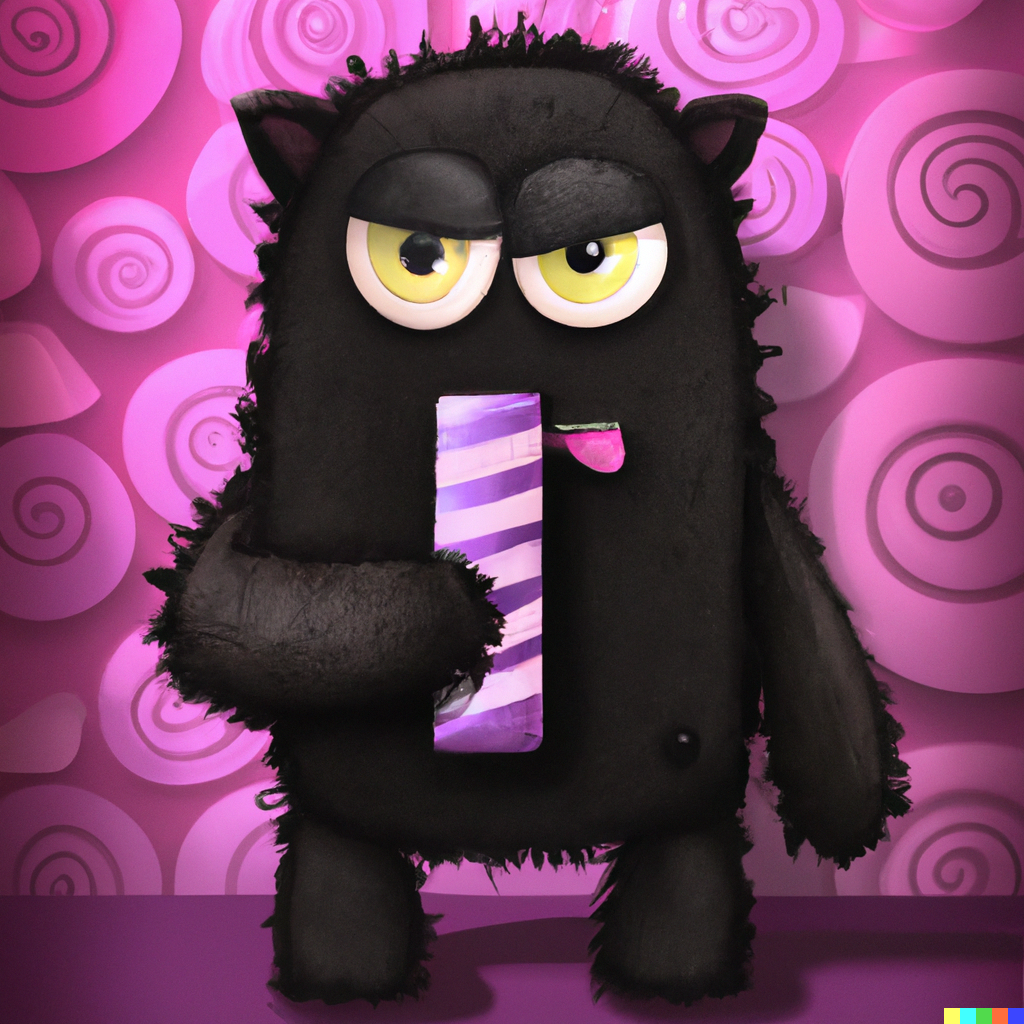These errors were much more common before Unicode encodings were in broad use. Unicode pretty much solved this.
Still happens for new emoji on old OSs, or just missing characters in the font being used.
exacgly today these errors is always because some old emojis
Only if it’s enabled by default, or the dev knows to enable it.
I had a lot of weird problems processing some info with names in Powershell until I found out that Powershell doesn’t default to unicode format when shoving output into files. You can easily specify the encoding, but if you don’t it replaces any non-ascii characters with “?” by default, so it’s not even immediately obvious that there’s an incorrect character, as it just silently substitutes a valid one.
it uses big-endian utf-16 with BOM by default unless you upgrade to PowerShell 7
No it hasn’t. It has just pushed them out of sight for English natives.
Can’t confirm that. In the 90s encodings were a nightmare. ISO-8859-1, ISO-8859-15, CP1252, IBM850, … If you tried to build a website with an upload form, you’d get the most bizarre encodings and there was no way to reliably distinguish them. I’m not an English native, my world is full of umlauts and s-z ligatures. Things got A LOT better in the last years, thanks to Unicode encodings.
It’s like… WE , the viewers have the wrong encoding. Only we don’t know how the owner of the sticker feels about Unicode. They themselves know exactly how they feel about it.
I like that.
I would have sex with this bumper sticker.
Sir, This is a Wendy’s parking lot.
You’re just making it worse.
We have a love & hate relationship with unicode.
Ä3








